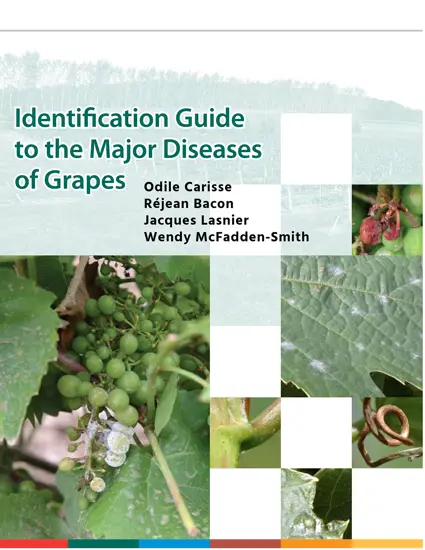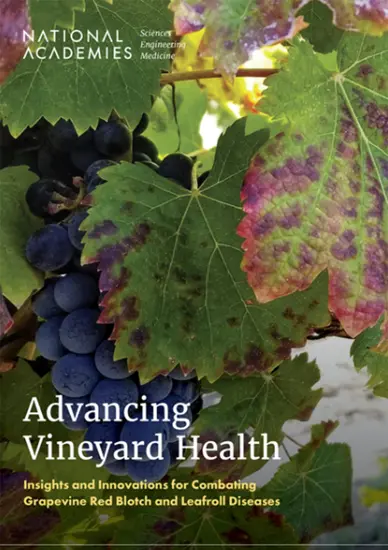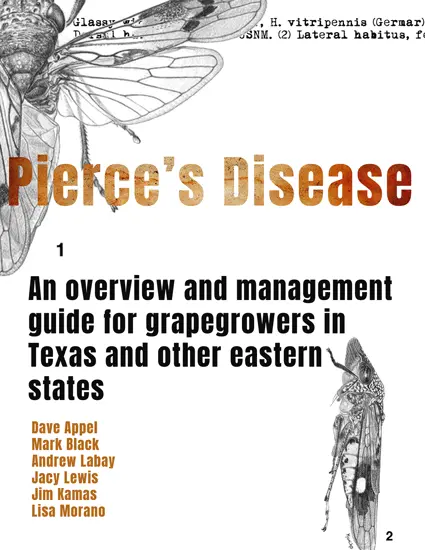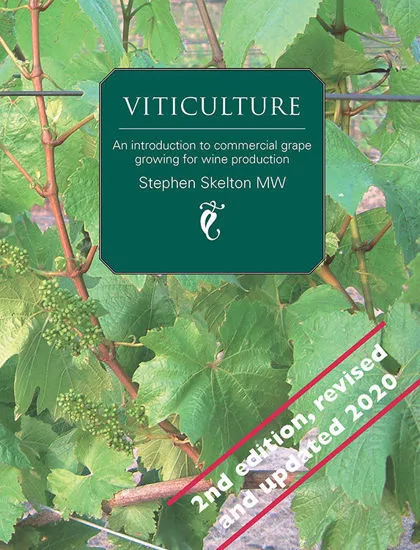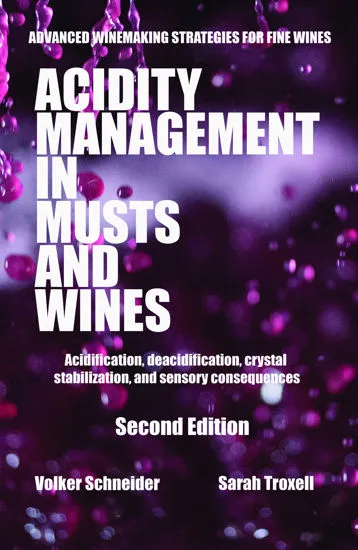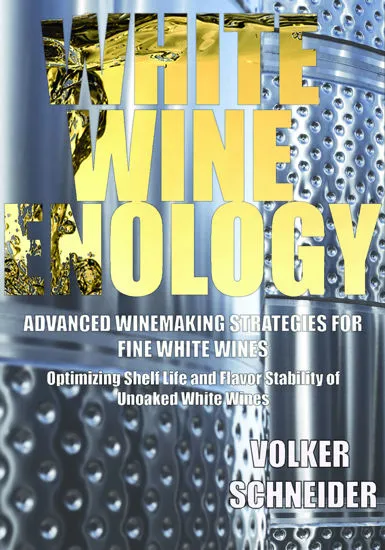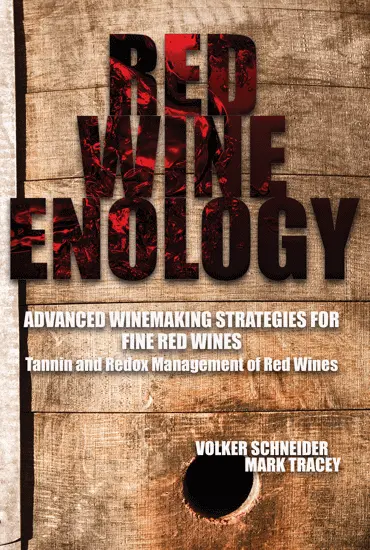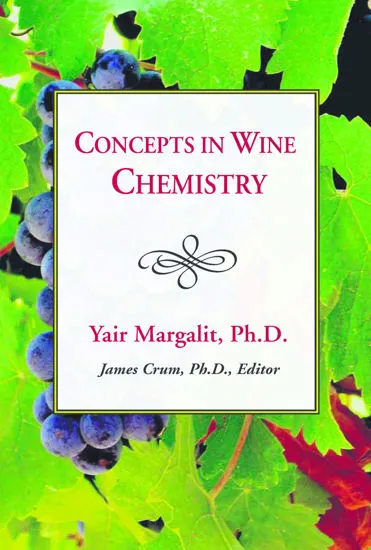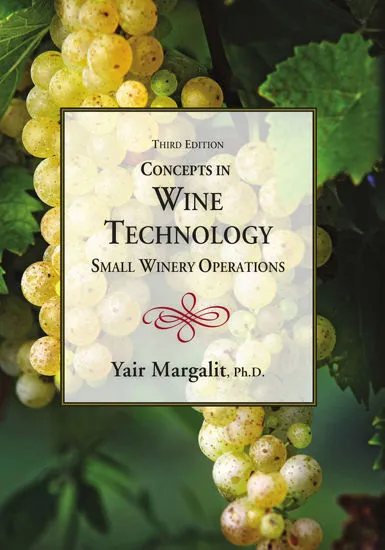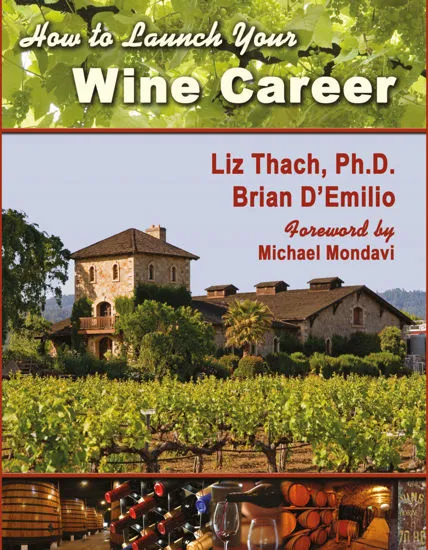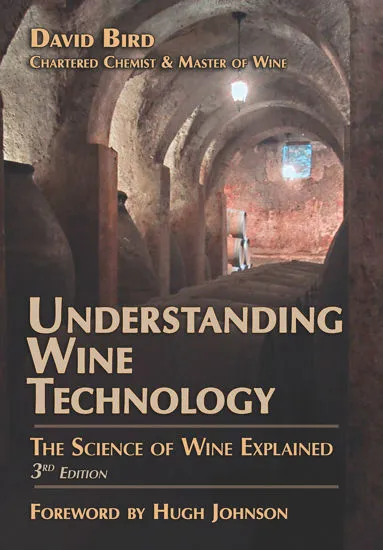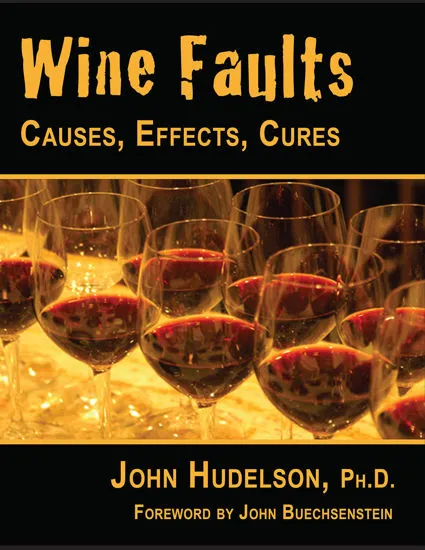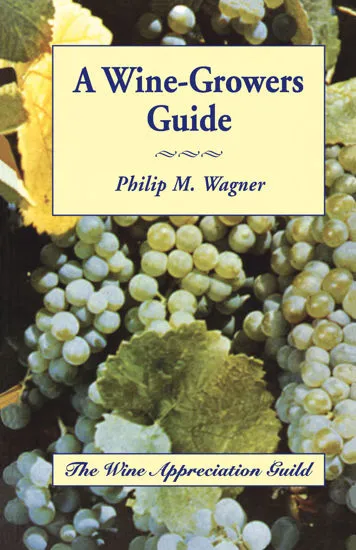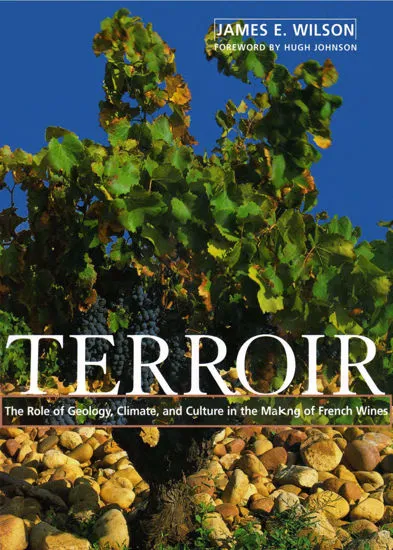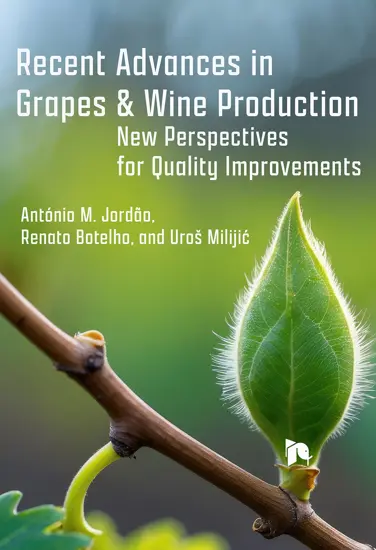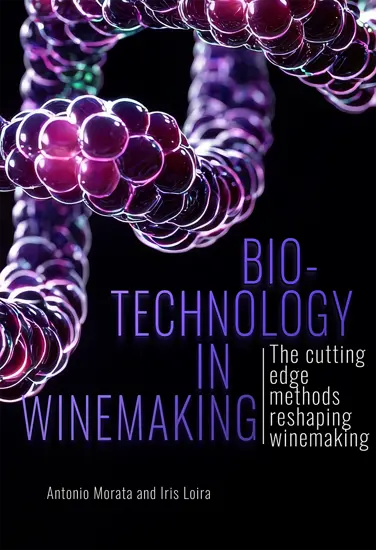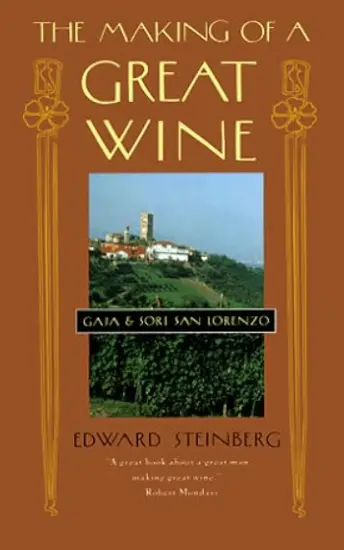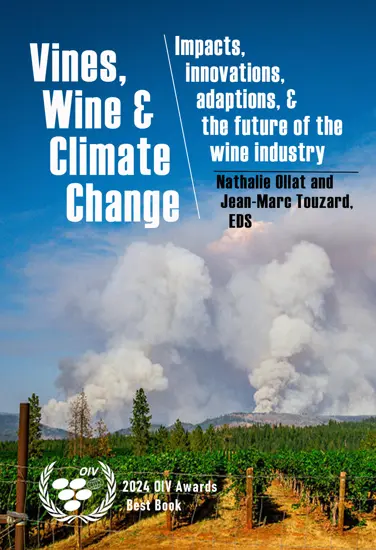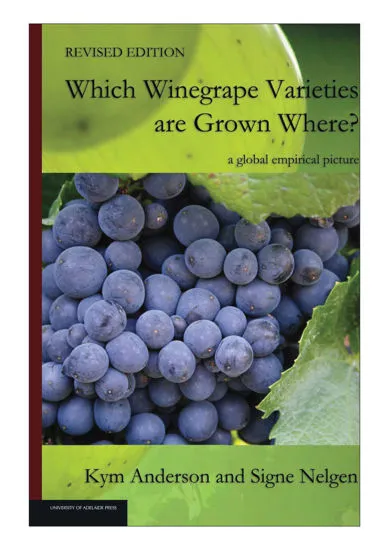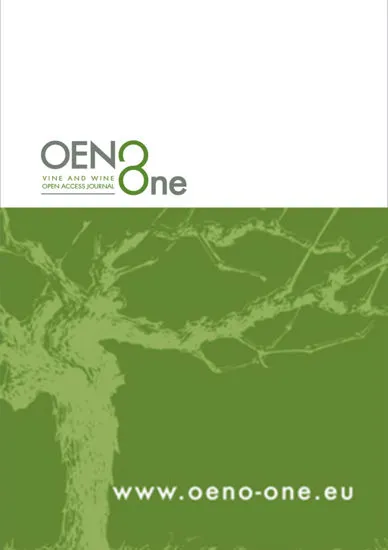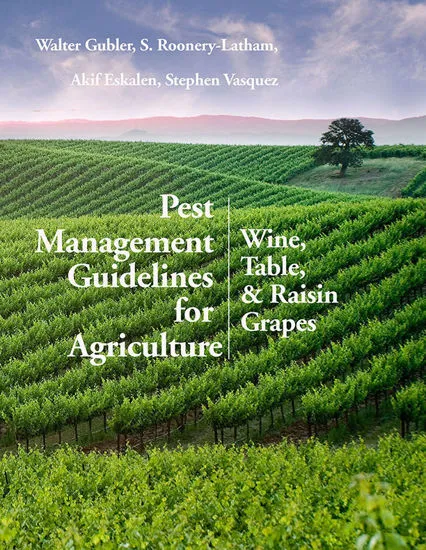Description
×The book compiles research and review work on several topics such as grape varieties, pests, biotechnology, winemaking, emerging non-thermal technologies, wine stabilization, off-flavors, and even big data applications. The chapters have been authored by key researchers from nine countries and three continents. Grape and Wines is divided into three sections: “Grape Production and Plant Management,” “Fermentation and Microbiology,” and “Enology and Stabilization.” The first section includes chapters on pest control and pesticide management with an integrative perspective from plant to wine. The use of copper in vineyards is also reviewed along with detailed measures to reduce the use of this antifungal product. The use of big data and artificial intelligence is also analyzed in a specific chapter together with their application in grape production and winemaking. The peculiarities of varieties in Romania and Crimean Peninsula are also considered and, lastly, the impact of table grape production is also included.
The second section “Fermentation and Biotechnology” is focused on the use of Saccharomyces and non-Saccharomyces yeasts in wine fermentation, genetically modified yeast and gene editing to produce yeasts with improved features. This chapter includes gene editing using CRISPR-Cas9 and Synthetic Genome Engineering. The determination of glucose isomerase is used as a tool to prevent sluggish fermentations due to deficient sugar uptake in yeasts. The typical problem of wines from warm areas, such as high pH and neutral aroma, is addressed by using biological acidification with non-Saccharomyces Lachancea thermotolerans and the production of fermentative aroma by apiculate yeasts of Hanseniaspora spp.
The last section devoted to “Enology and Stabilization” includes the use of innovative non-thermal technologies such as pulsed electric fields for microbial control in grapes and the possibilities of this technology to contribute to the reduction of SO2 levels in wines. The use of skin contact macerations with terpenic Muscat varieties to improve also the flat aroma of some white wines in warm regions in a climatic change scenario is analyzed. Winemaking in cold areas of northwest China and the peculiarities and problems concerning the difficulties to reach a suitable grape ripeness, especially in long cycle varieties, are detailed in a specific chapter by professors of the Gansu Agricultural University. Wine stability causes several concerns to wine producers and many white wines are affected by protein haze which produces turbidities that disturb the visual appearance of the wines and degrades their quality. The origin and control of this alteration are discussed in a specific chapter. Light is another physical phenomenon that can affect wine aroma by the formation of riboflavin derivatives that degrade wine quality; the control and management of this alteration are also included. Most of the quality of natural sparkling wines depends on yeast autolysis and the release and formation of molecules with an impact on aroma and flavor. The complex process of autolysis is reviewed and key advices for the best management of this specific biological ageing are included. Lastly, the presence in wines of TCAs off-flavors derived from fungal activity and halogenated precursors is studied, considering the origin, analytical techniques and control measurements.
Author Bio
×"Payemnt Success! Prepping Media..."

"Payment failed! please try again..."









